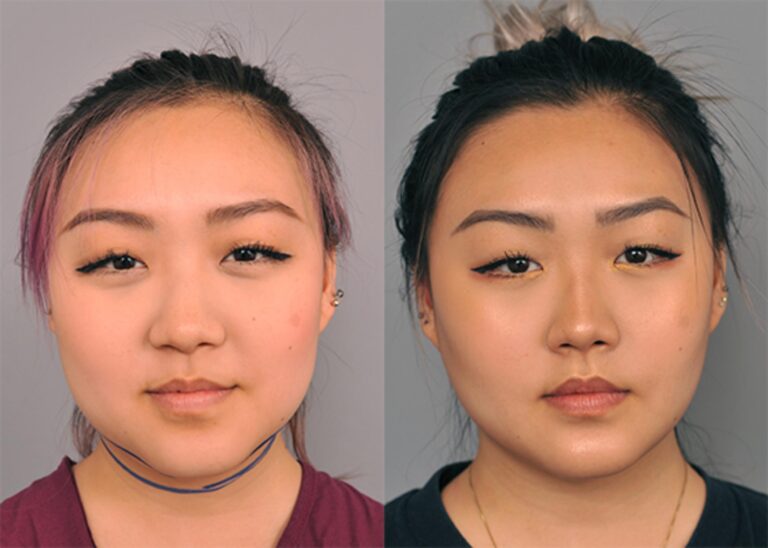If you’re thinking about having buccal fat removal, you should know what the procedures are, who should be a candidate, what complications are possible, and how to go about aftercare. We’ve rounded up some of the best information about these surgeries so you can have a better understanding of what to expect.
Table of Contents
Procedures
Buccal fat removal is a surgery that involves the removal of fat pads from the cheeks. This can give a person’s face a more slender and tapered look. The procedure is performed under local or general anesthesia.
Patients are generally able to go home the same day as the operation. If they are not able to, they will need someone to drive them to and from the surgeon’s office.
After Bichectomy with the best cosmetic surgeon, the patient will be given a special mouthwash to help prevent infection. In addition, patients should follow a soft, liquid diet for several days. They may also be asked to stop taking herbal supplements.
Swelling can be mild or moderate. Patients can expect some bruising. However, most people are able to resume normal activities within a week.
Depending on the type of buccal fat removal that is performed, recovery time can range from a few weeks to several months. During the initial days following the procedure, patients can expect to experience some bruising.
Complications
If you are considering getting a procedure to remove your buccal fat pad, you may be wondering about the possible side effects and complications of this surgery. Fortunately, the risk of side effects is quite low.
Before going through the process, it’s important to choose a doctor who is highly trained and experienced. This way, you’ll be able to feel confident about your choice.
After the procedure of buccal fat removal, you’ll have to take special care of your face. Swelling and bruising are common. However, the swelling will diminish as you heal. You should be able to eat soft foods and drink liquids by the end of your recovery.
You can expect to have several follow-up appointments to monitor the condition of your face. Some doctors prescribe oral antibiotics to help prevent infection.
If you do have any concerns, you should speak to your surgeon. He or she will go over the risks and benefits of the surgery with you and explain what to expect.
Ideal candidate
If you are unhappy with the amount of fat in your cheeks, you may want to consider buccal fat removal. This procedure is an effective way to give your face a more round shape. However, it is not for everyone.
Before you decide to undergo this procedure, you should make sure you are in good health and weigh the risks and benefits. You also should choose a plastic surgeon with experience.
This surgery with the best cosmetic surgeon in India can be done under local anesthesia or general anesthesia. After the procedure, patients should arrange for someone to drive them home. A few weeks after the procedure, they can start a liquid diet. In addition, they should avoid sharp or crunchy foods for a few days.
Patients can expect to see some swelling and bruising in the cheeks. These symptoms will subside as the wound heals. Once the incisions have healed, patients can resume their normal activities.
Several months after the operation, you should see the full results. During this time, you can continue to maintain your new look.
Aftercare
Buccal fat removal, also known as cheek reduction surgery, helps to contour the face. The procedure is performed by making small incisions inside the mouth. These are then closed with dissolvable sutures.
This procedure is done under local anesthesia and takes less than an hour to complete. In addition, patients are able to go home the same day as the surgery. However, there are some side effects and risks associated with the procedure.
Patients may experience bruising and swelling. The bruising should disappear over time. For the first few weeks, it is important to avoid strenuous activity. It is also necessary to wear a wrap around the face for at least four days.
Conclusion
Many patients find the recovery period to be painless. However, you may feel sore for the first few days.
Your surgeon will provide you with special instructions and guidelines during recovery. You should follow these to ensure the best results.
After the surgery, you will be given a mouthwash to prevent infection. Drinking liquids is also important. Limit your intake of clear water for at least five days.

